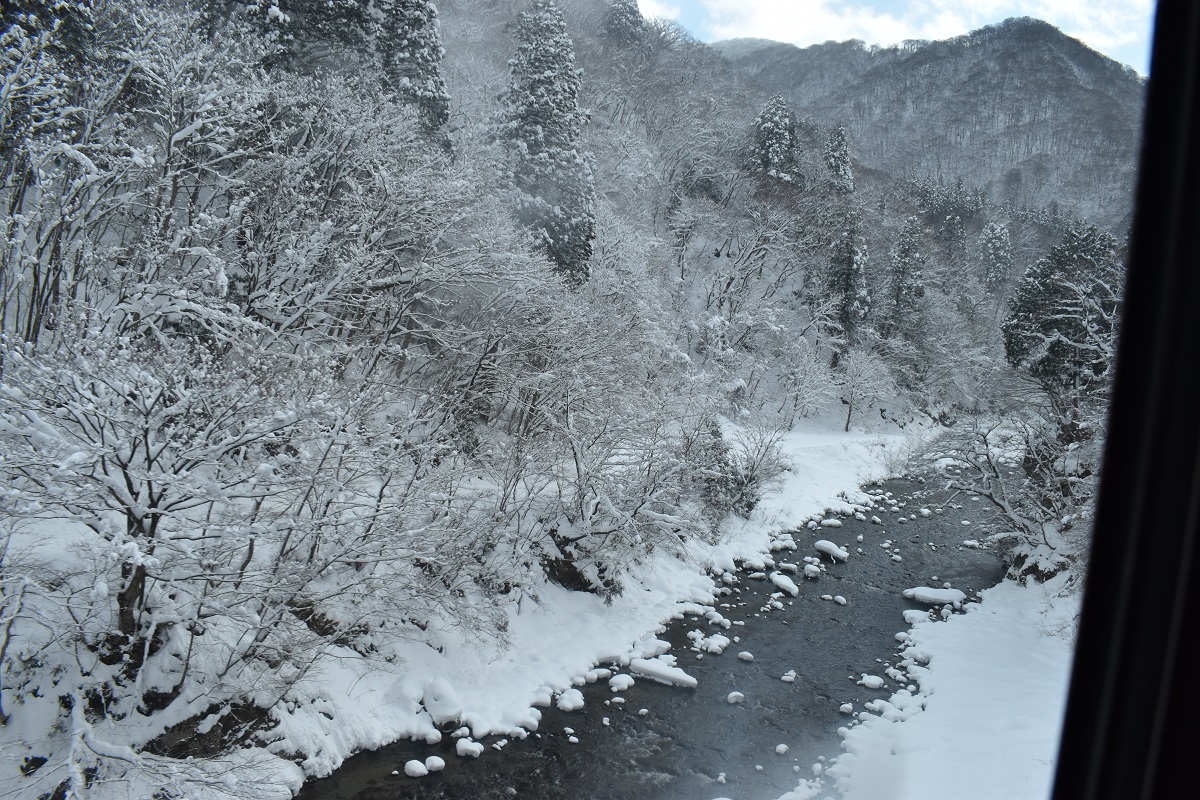A sake brewery in Daigahara, a post town on the old Koshu Highroad, produced a famous sake called Shichiken. The brewed water in the backyard that you can drink freely is soft and delicious. There is also sake that is similar to champagne. Would you like to eat koji(malt) dishes at the attached restaurant, or have cold soba noodles at the soba restaurant across the street? In either case, good water is the deciding factor.
Whiskey brewing and tasting
Japanese Sake is not the only type of brewing that uses delicious water. The Suntory Hakushu factory is located towards Kobuchizawa from the post town. You can tour here, but the most fun part is the tasting. Advance reservations are required to tour, but be sure to take advantage of the hourly free shuttle bus from Kobuchizawa Station. Drivers are only boring. In case of the Suntory Yamazaki factory in Osaka, it is near the station, so you can easily go for a tasting. The founders of both Suntory and Nikka Whiskey were closely related.
(reference) Yamazaki Suntory Factory










































































